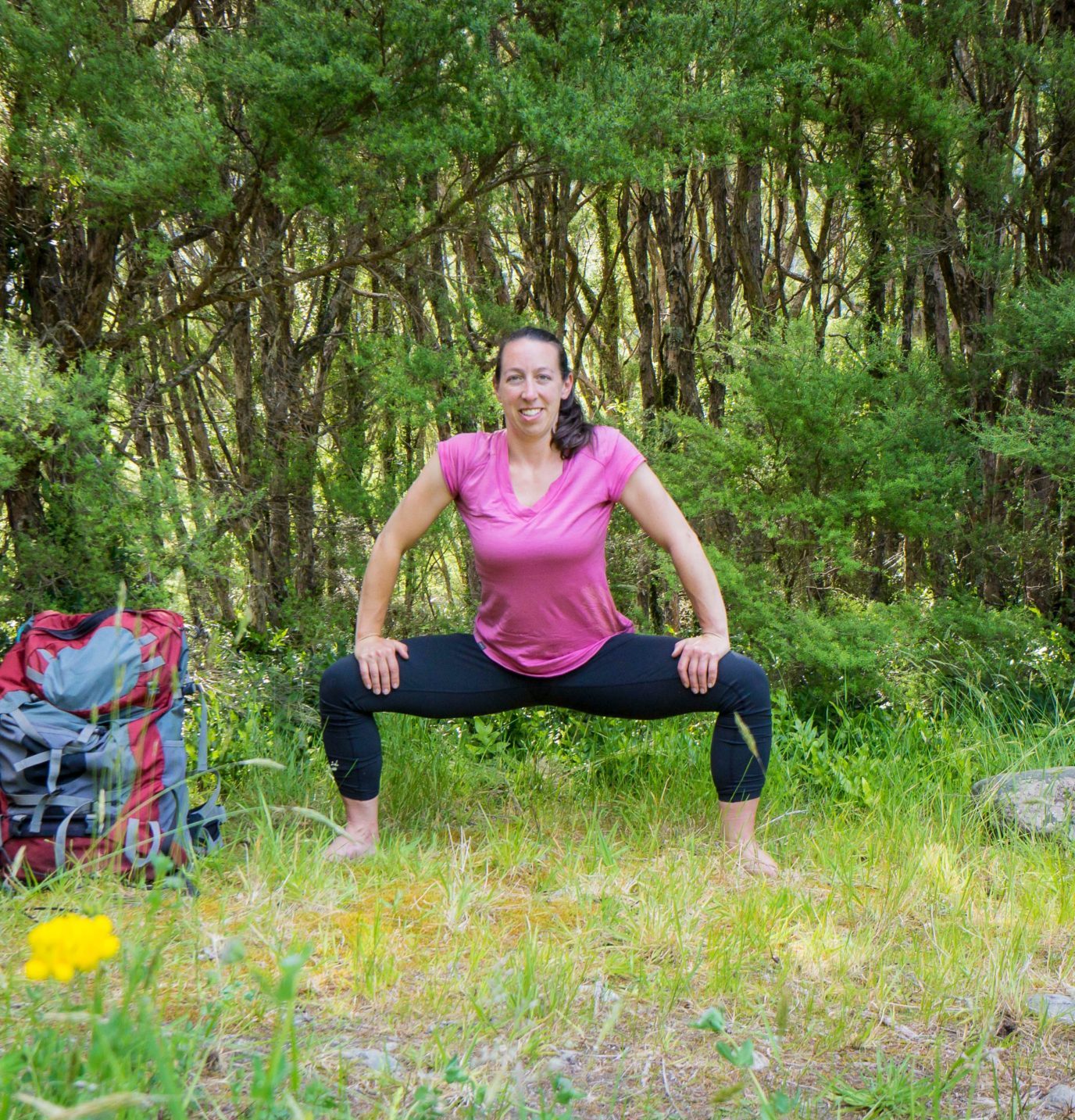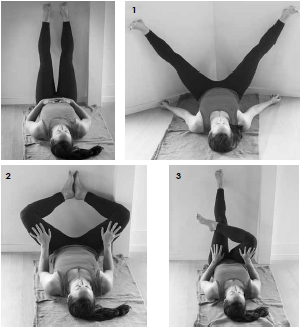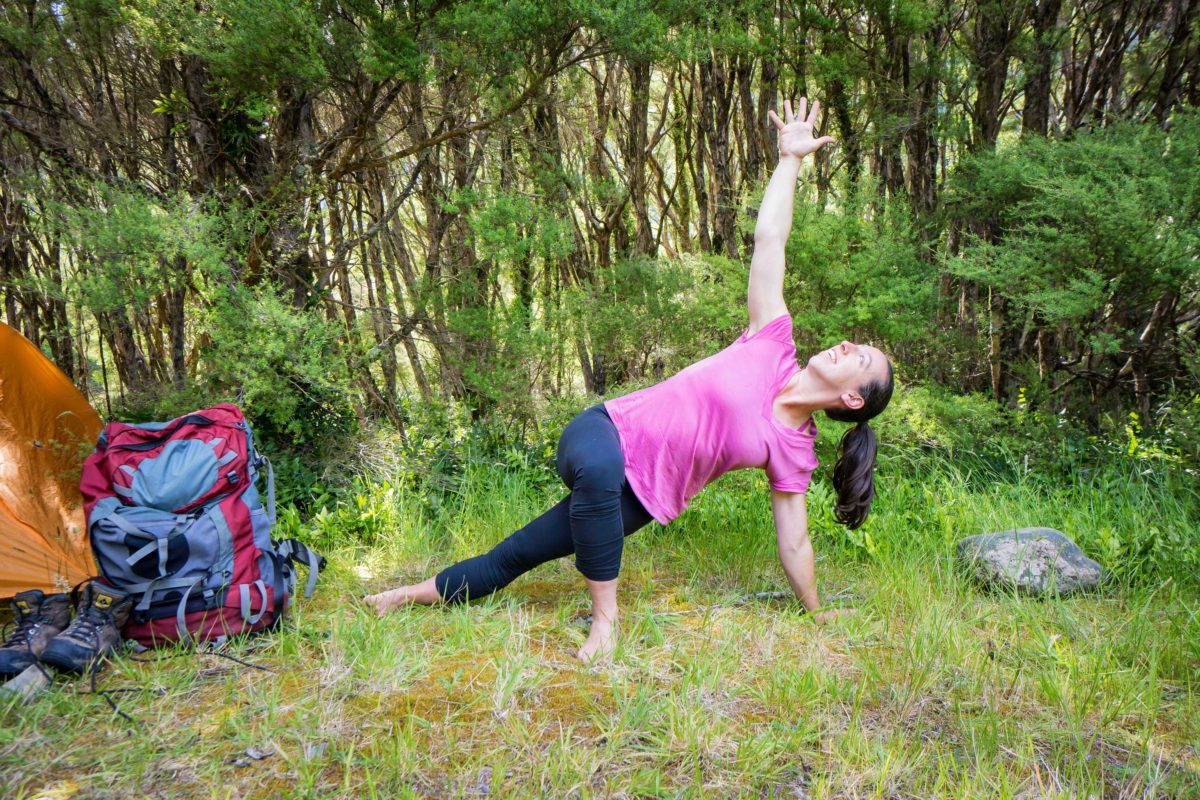Last week we focused on stretching the inner things or adductors. And we learned that these muscles are important for stablising the pelvis. That means, if they are weak, other muscles will have to do the work and that could lead to chronic pain in the butt – literally (watch out for glute stretches coming soon).
Strengthening the adductors can be challenging, especially if you read the bonus article last week on Neglecting your hip abductors can mess up your walk, sleep and balance – which said that thigh machine at the gym won’t do. The author said:
The problem is that this movement does not replicate anything that you do in your day-to-day life, therefore it is not a “functional movement”.
In fact, there aren’t many ways that you functionally build strength in your inner things in daily life. Think about it – when was the last time you tried to squeeze your legs together? There are a few places that we can find this movement in yoga.
Squeeze a block between your thighs in down dog, plank, chattaranga (when we lower to the floor press-up style), cobra and moving your way back to down dog. The good side is you build strength in those adductors while activating your core. The downside, is that stronger or more familiar muscles (that’s right, those buttocks) can take over and do most of the work.
Alternatively, try squeezing a block in bridge pose. You should still be using your inner thigh muscles and buttocks, but it can be easier to make sure each muscle group is working evenly. Be careful not to lift the hips to high – the thigh muscles can’t work and it’s not as safe for your back and pelvis.
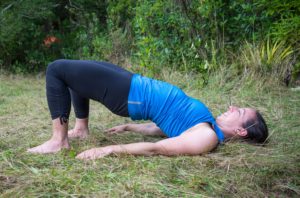
Don’t have a block? No problem.
Try side plank – but instead of lifting your upper body, lift your legs. More specifically:
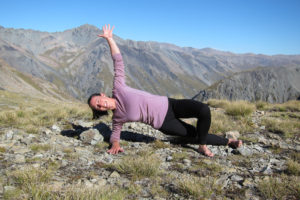
- Lie on your right side
- Bring your right elbow under your shoulder to lift your chest up. Tighten your armpits.
- Step your top left foot in front of you on the floor.
- Unlike the photo – keep your hips on the floor.
- Now try lifting your bottom right leg in a straight position.
The benefit of this version is that it’s more effective in isolating the inner thigh muscles and when you work each leg separately, you might notice differences that can help you understand your body.

It doesn’t always have to be a specific movement – sometimes it’s just about being aware. The next time we are standing in horse lunge, press your whole foot firmly in to the floor. Then, without moving your feet, imagine squeezing your legs together as if you were going to drag your heels across the floor to meet in the middle.

